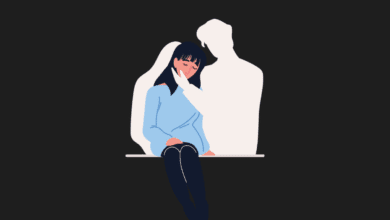Can Artificial Intelligence Create Art?

Yes, artificial intelligence can create art, and it has been employed in various artistic domains, from visual arts to music to literature. Here’s how AI has been involved in the creation of art:
Visual Arts
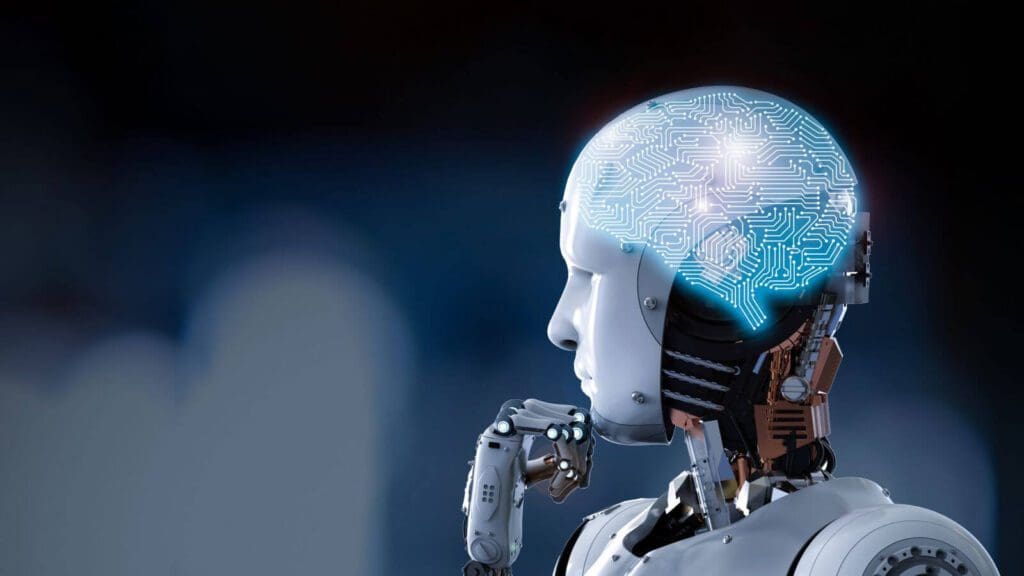
- Style Transfer: AI algorithms can take the stylistic features of one image (e.g., a famous painting) and apply them to another image.
- Generative Art: Generative Adversarial Networks (GANs) and other algorithms can generate unique pieces of visual art. Websites and projects like DeepArt and Artbreeder allow users to create images using these techniques.
- Creative Assistance: AI tools can suggest or modify designs, helping artists visualize concepts or complete artwork.
Music
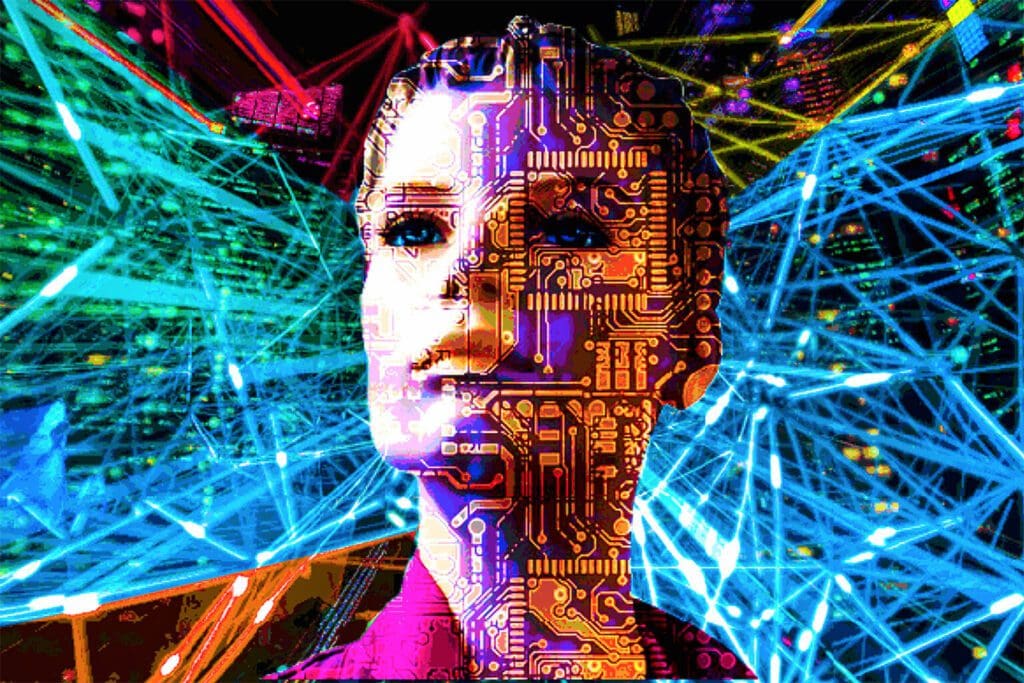
- Composition: AI models have been trained to compose music in various styles. OpenAI’s MuseNet is one such example that can generate compositions in the style of classical composers or even blend styles.
- Performance: AI systems can be trained to “perform” music, interpreting scores or even improvising.
- Sound Design: AI can assist in creating new sounds or modifying existing ones.
Literature and Writing
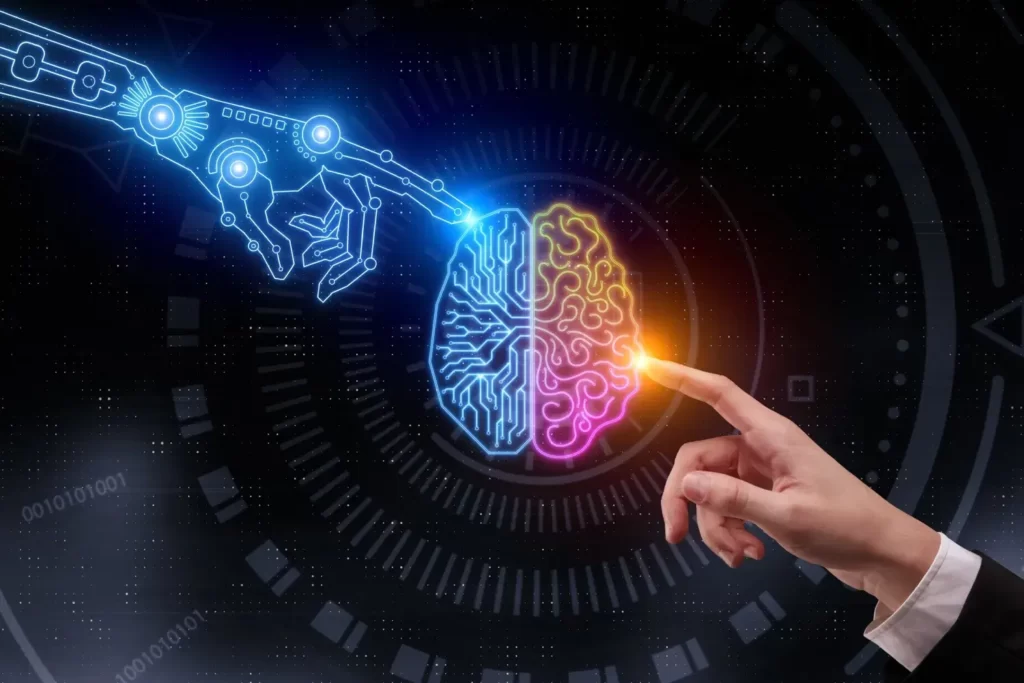
- Poetry and Prose: AI models, especially more advanced language models, can be trained to generate poetry, short stories, and other forms of creative writing.
- Scriptwriting: There have been experiments in using AI to generate scripts for movies or theater.
- Interactive Fiction: AI can be used to drive interactive storytelling experiences, adapting the narrative based on user choices.
Dance
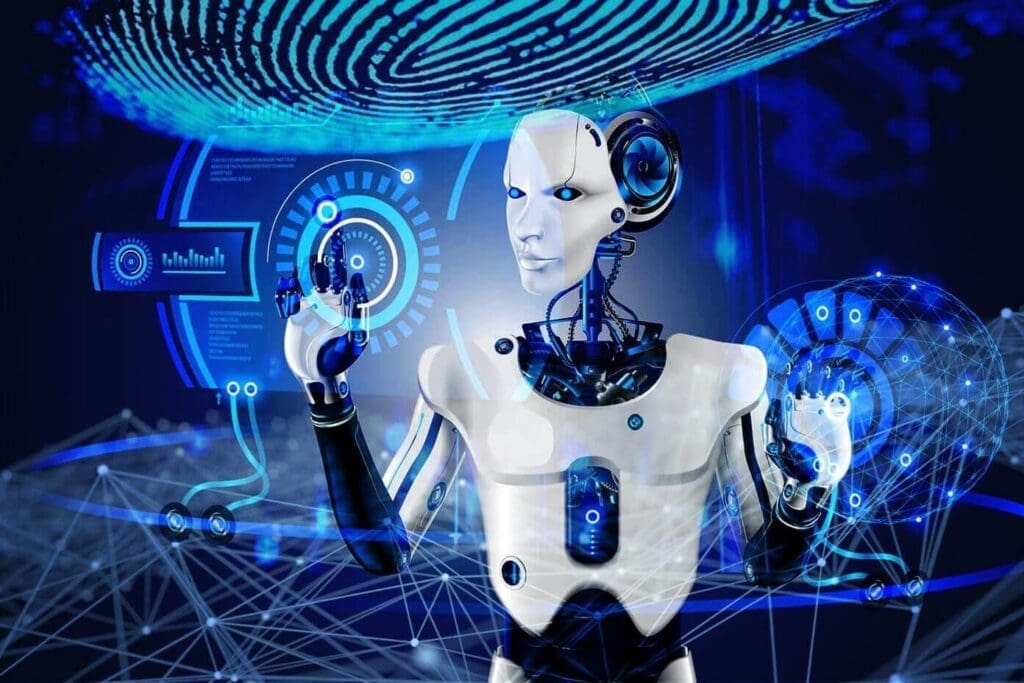
Choreography: AI can analyze music and suggest dance moves or complete choreographies. It can also be used to capture and analyze human movement to assist in choreographic processes.
While AI can generate art, the question of creativity is more nuanced. Some argue that AI doesn’t “create” in the same sense that humans do since AI doesn’t have emotions, intent, or consciousness. Instead, AI operates based on patterns it identifies in data. Thus, while the output can be artistic and even novel, the process by which AI arrives at that output is fundamentally different from human creativity.
Moreover, the collaboration between humans and AI in the realm of art often produces the most compelling results. Artists are finding that AI can be a tool, a collaborator, or even a muse, expanding the boundaries of what’s possible in their creative expressions.
You may also like this content
- The End of Chatbots: Why 2026 is the Year of AI Agents (And What It Means for Your Job)
- Would You Choose a Robot Body or a Digital Mind?
- Nano Banana Pro: Free 4K Photo Upscaling Tool
Follow us on TWITTER (X) and be instantly informed about the latest developments…








